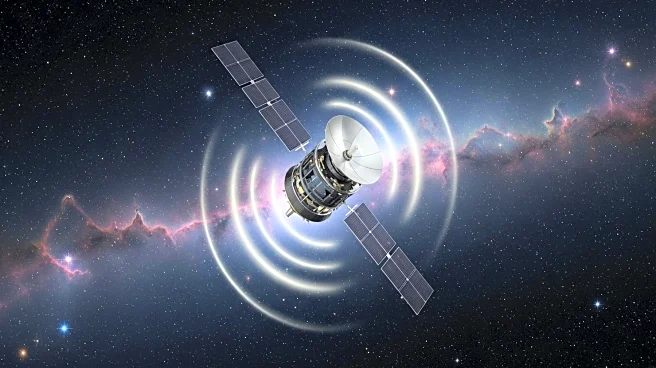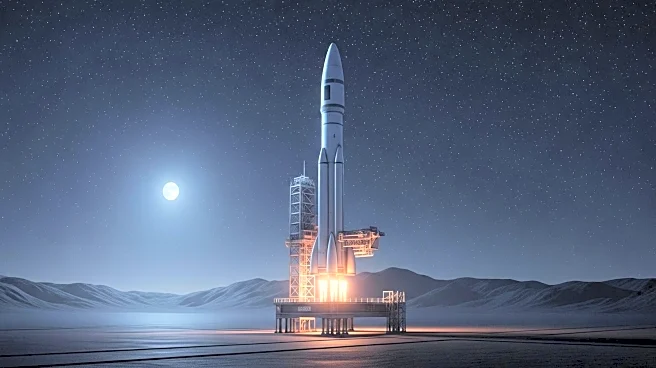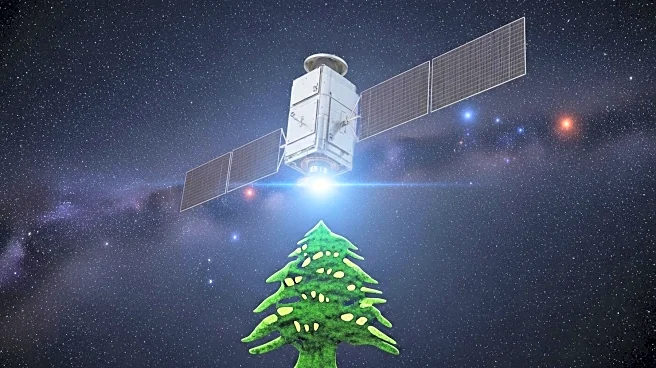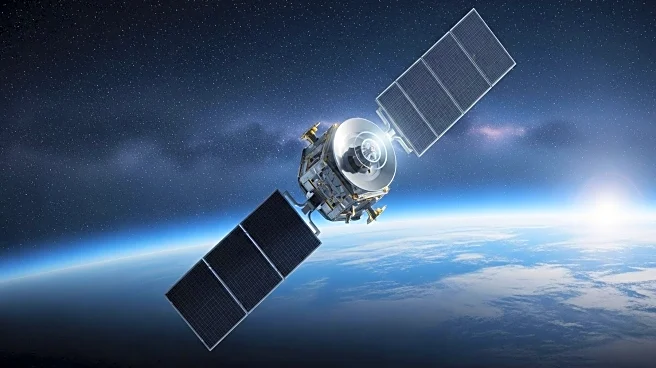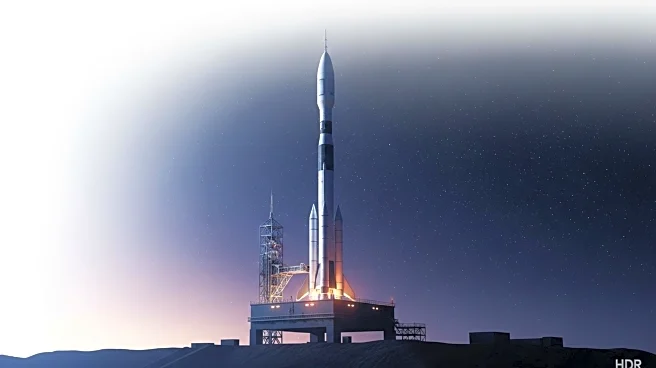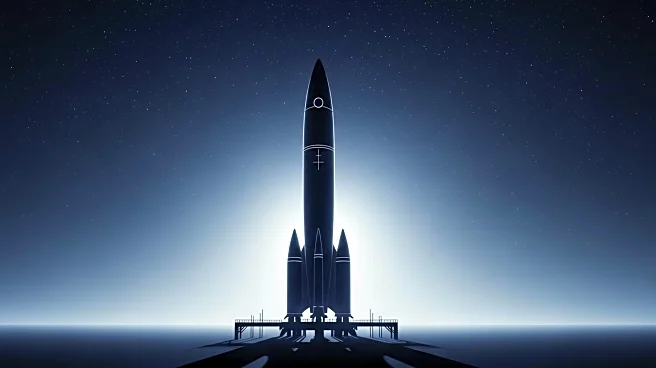What's Happening?
A Chinese satellite, reportedly developed by scientists from Peking University and the Chinese Academy of Sciences, is posing a significant challenge to Starlink, the satellite internet constellation operated by SpaceX. The satellite, currently in geostationary orbit approximately 36,000 kilometers above Earth, is equipped with a two-watt laser capable of achieving a downlink speed of one gigabit per second. This speed surpasses the typical real-user speeds provided by Starlink, which relies on thousands of satellites in low Earth orbit using radio frequencies. The Chinese satellite's advanced technology and high-speed capabilities represent a potential threat to Starlink's dominance in satellite internet services.
Why It's Important?
The development of this high-tech Chinese satellite could have significant implications for the global satellite internet market. Starlink, led by Elon Musk, has been a leader in providing satellite internet services, particularly in remote and underserved areas. However, the emergence of a competitor with superior technology could disrupt the market dynamics. If the Chinese satellite's technology proves viable and scalable, it could lead to increased competition, potentially driving down costs and improving service quality for consumers. Additionally, this development highlights the ongoing technological advancements in space technology and the strategic importance of satellite communications in global connectivity.
What's Next?
While the Chinese satellite is still in the testing phase, its successful deployment could prompt SpaceX and other satellite internet providers to accelerate their innovation efforts to maintain competitive advantages. Regulatory bodies and international stakeholders may also need to address potential issues related to spectrum allocation and orbital congestion as more advanced satellites are launched. The situation could lead to increased geopolitical tensions as countries vie for technological supremacy in space.
Beyond the Headlines
The introduction of such advanced satellite technology raises questions about the ethical and security implications of space-based laser systems. The potential for dual-use technology, where civilian applications could be repurposed for military use, may necessitate international discussions on space governance and the establishment of norms to prevent the weaponization of space.



